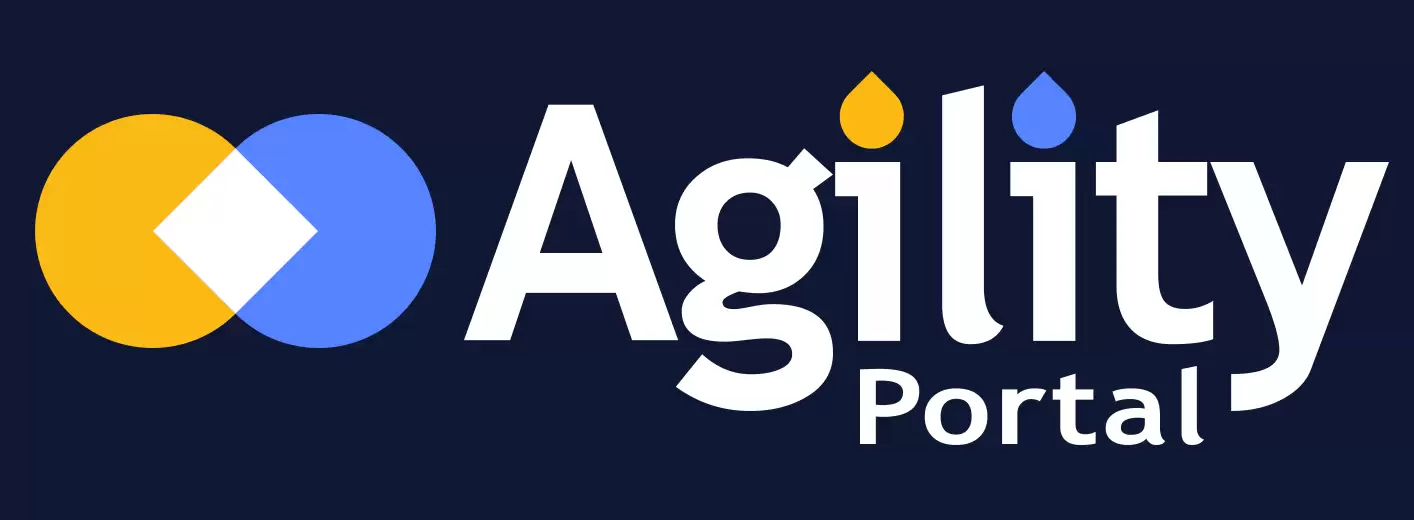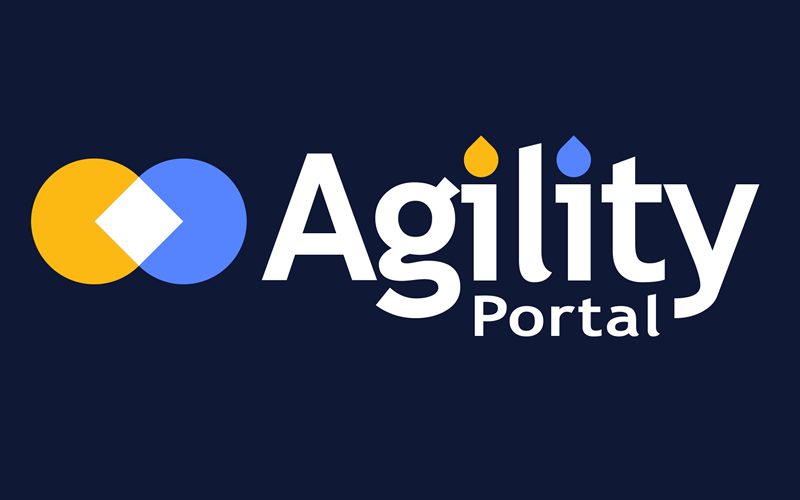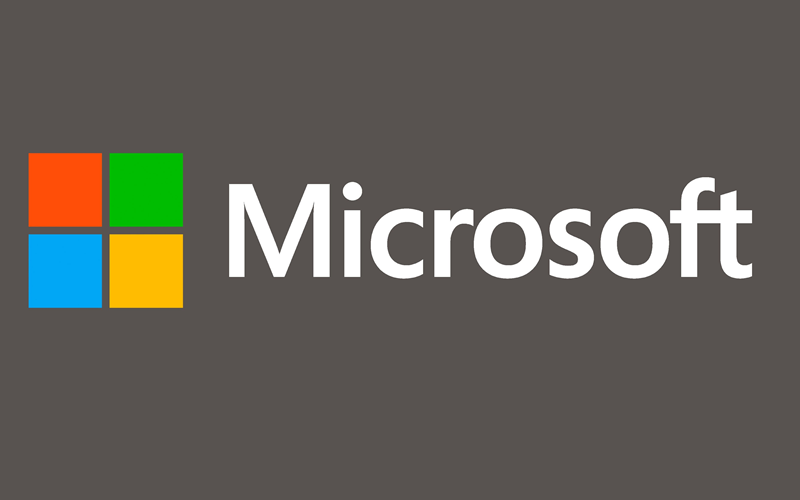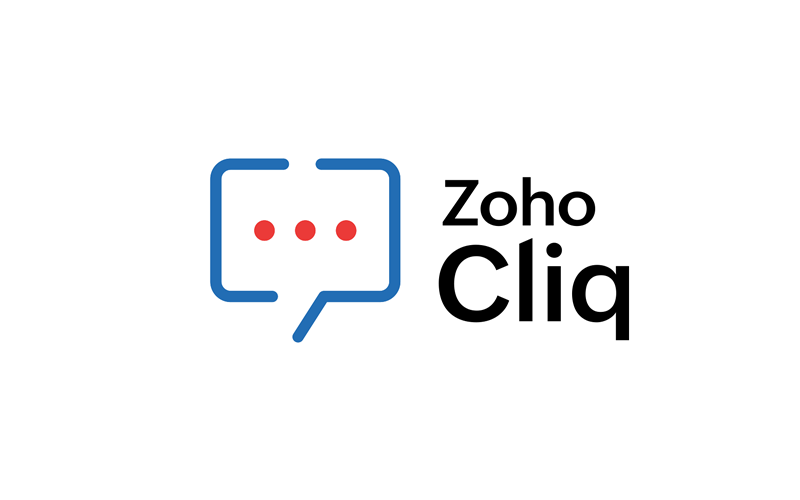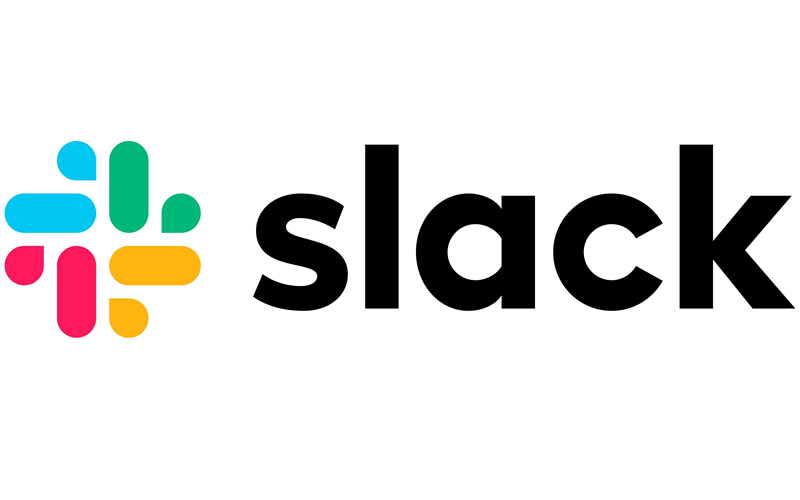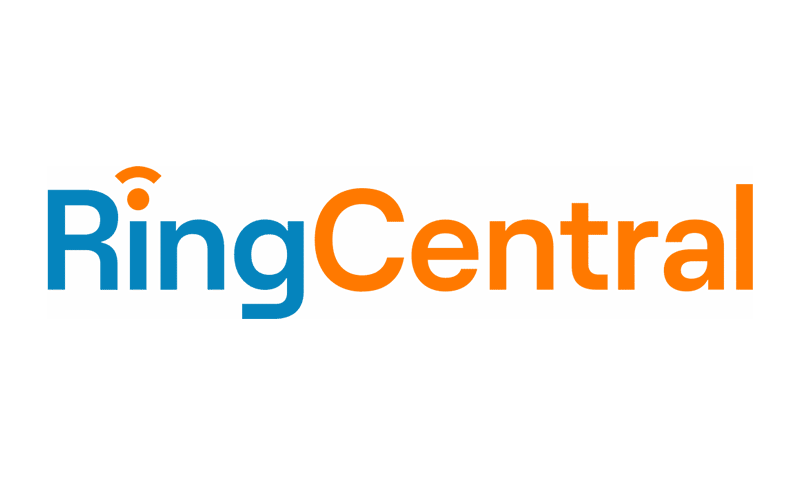Insight Blog
Agility’s perspectives on transforming the employee's experience throughout remote transformation using connected enterprise tools.
21 minutes reading time
(4127 words)
The Future of Work: 5 Unified-Communications-Benefits That Are Changing Collaboration
Discover how unified communications benefits are reshaping teamwork. Explore 5 powerful ways UC is transforming the future of work and employee collaboration.
Workplace communication has evolved dramatically... so why are 73% of employees still wasting hours switching between different Communications apps?
It's no longer employees talking face to face because most employees don't work in the same office. Software is now the key to successful, effective communications between employees, so projects can finish on time and to a high standard.
One of the challenges of modern professional communication is that some employees have several communication apps for communicating with remote teams all over the globe.
A better approach is to use a unified communication hub to join these communication tools together in one place to improve collaboration and ensure that chatting to colleagues is always streamlined, fast and seamless between tools.
This article defines unified communication hubs, how they have shifted the collaboration culture, benefits, and the role of digital adoption.
By the end of this article, you'll know if a unified communication hub is what your business needs.
What is unified communications (unified communications meaning)?
Now, let's get into what unified communications are and what unified communications platforms are.
Effective communication—whether through messaging, calls, or document sharing—is the backbone of a productive business. But for many organizations, critical tools like email, video conferencing, instant messaging, and phone systems operate in silos, creating inefficiencies and frustration.
Managing these disconnected platforms drains time and resources.
Worse, constant app switching hurts productivity: A staggering 73% of employees lose up to 6 hours per week toggling between communication tools—time that could be spent on meaningful work.
This is where Unified Communications (UC) comes in. UC integrates all your communication channels—phone calls, video meetings, chat, file sharing, and more—into a single, cohesive system. Data flows effortlessly between tools, eliminating friction and delays.
Unified Communications (UC) is a system that integrates—or unifies—all your business communication tools into one seamless platform.
Understanding Unified Communications Meaning: How It Solves Your App Overload Problem:- Voice & Telephony (including mobile support)
- Meeting Solutions (audio, video, and web conferencing)
- Messaging (email, voicemail, and unified inboxes)
- Presence & Instant Messaging (real-time status updates and chat)
- Communication-Enabled Apps (contact centers, CPaaS, and workstream collaboration tools)
This solution is called UCaaS (Unified Communications as a Service) when delivered via the cloud.
With UCaaS, employees access everything through one intuitive platform, slashing app overload and unlocking smoother, faster collaboration across teams.
For most businesses, tools like email, phone systems, and video calls operate in isolation.
This fragmentation creates inefficiencies: 73% of employees waste up to 6 hours weekly switching between apps—time lost to technical friction instead of meaningful work.
How Does Unified Communications Work?
As the modern workplace continues to evolve, so do its communication needs.
Organizations now require flexible solutions that support seamless internal collaboration and effective customer interactions. This demand has paved the way for unified communications—a streamlined approach integrating various communication channels into one cohesive platform.
Picture this: you're on a video call with a colleague and realize you need to share a document.
With a unified communications platform, there's no need to switch apps—you can instantly share the file within the same interface. Later, if you need to follow up, you can send a quick chat message directly through the platform instead of navigating to another tool or composing a lengthy email.
By consolidating messaging, video, file sharing, and more, unified communications eliminate silos, increase efficiency, and create a more connected and agile work environment.
Unified Communications Examples in Modern Workplaces
When looking into unified communications examples, real-world implementations show how transformative UC can be. A great example is a global sales team using Microsoft Teams as their UC hub.
Instead of them relying on separate tools for emails (Outlook), calls (PBX), and meetings (Zoom), they handle everything in one platform: instant messaging for quick questions, Teams calls for client discussions, and seamless file sharing during virtual presentations.
Another powerful example is healthcare providers using Cisco Webex for telemedicine—doctors can message nurses, launch video consultations, and securely share patient records without switching between systems.
These unified communications examples prove how UC eliminates friction in critical workflows.
How UC Drives Industry-Specific Results
Contact centres demonstrate UC's impact exceptionally well by looking at more unified communications examples.
Agents with platforms like Genesys Cloud can view customer history, answer calls (VoIP), and escalate to live chat—all through a single interface. Similarly, construction firms use UC apps like Zoom or RingCentral to connect field crews with office teams, sharing blueprints in real-time during video calls.
These unified communications examples highlight a universal truth: whether in healthcare, sales, or logistics, UC breaks down silos and accelerates decision-making.
Trending article:
Unified Communications Infrastructure: A Must-Have for Remote Teams
Unified Communications Infrastructure: A Must-Have for Remote Teams
The Hidden Challenges of Unified Communication Hubs
In today's hybrid work era, seamless collaboration isn't just convenient—it's a competitive necessity.
Yet many businesses still rely on a patchwork of disconnected tools: email for updates, one app for video calls, another for file sharing, and a separate system for instant messaging.
This fragmentation creates what Gartner calls "digital friction"—the invisible drag on productivity that costs teams 500+ hours per employee annually. Unified communications platform eliminate this waste by merging every channel—voice, video, messaging, and file sharing—into a single, intelligent workspace.
Consider the ripple effect: When sales can jump from a chat to a video call without switching apps, deals close faster. When project teams edit documents in real-time during a huddle, feedback cycles shrink from days to minutes.
Unified communications platforms don't just streamline communication—they rewire workflows to match how modern teams work.
6 Critical Challenges Companies Face Without a Unified Communication Hub
- Inefficient Collaboration - Teams waste time toggling between disconnected apps (email, chat, calls), leading to delayed decisions and missed opportunities. Studies show employees lose 6+ hours weekly when switching platforms.
- Poor Visibility & Accountability - With communications scattered across tools, managers struggle to track progress, leading to duplicated work and dropped handoffs.
- Higher IT Costs - Managing multiple vendors, licenses, and outdated systems drains budgets. Companies spend 30% more on piecemeal solutions than UC.
- Security Vulnerabilities - Fragmented tools create more entry points for hackers. 67% of data breaches originate from unsecured communication channels.
- Remote Work Roadblocks - Hybrid teams face version control nightmares (e.g., files lost in email threads) and meeting fatigue from juggling Zoom, Teams, and Slack separately.
- Scalability Limitations - Legacy systems can't adapt to growth, forcing costly overhauls later—startups adding 50+ employees/year report 2X higher turnover due to communication chaos.
The question isn't whether your business can afford UC integration—it's whether you can afford the cost of chaos without it.
The Shift in Collaboration Culture
Unified communication platforms represent a huge shift in collaboration culture.
Data used to be stored in silos so that each department can only access their data. This system led to breakdowns in communication and a lack of communication. Now things are different.
You've used Facebook Messenger or WhatsApp, right? Today, office communications are the same: Unified communication platforms offer real-time messaging capabilities, so you no longer have to wait for an email reply to make an important decision.
Project managers can approve decisions immediately, saving time and money and completing projects and daily tasks more quickly in integrated workplaces where data is in a shared environment.
This approach is a game-changer for cross-functional and remote teams, which could not exist without these new tools.
Let's imagine a specific example of how this can look in practice. A hybrid company with remote and in-office teams switched to a unified communication hub like Microsoft Teams. This streamlined messaging, video calls, and file sharing.
Three benefits included faster decision-making, reduced email overload, and improved collaboration across time zones, helping teams stay aligned and productive regardless of location.
However, these aren't the only benefits of these tools, as we will discover in the next section.
How unified communications benefits organisations
Before diving into the specific advantages, it's important to understand how unified communications (UC) transform the way teams collaborate.
Whether through UCaaS platforms or internal hubs, the unified communications benefits for employees and organizations are vast—boosting productivity, streamlining workflows, and enhancing real-time connectivity across the board.
In this section will get in to 5 key benefits of unified communications in 2025.
#1. Improved Employee Experience and Business Efficiency Through Unified Communications
Constantly toggling between email, chat, video conferencing, and file-sharing apps isn't just inconvenient—it's a productivity killer.
According to a study by RingCentral, employees waste an average of 60 minutes per day switching between communication tools. That's nearly five hours a week per employee lost to inefficiencies.
From an employee perspective, this constant app-jumping leads to cognitive fatigue, missed messages, and burnout. It also creates friction in daily workflows and contributes to poor engagement. When employees feel overwhelmed by scattered communication, satisfaction drops, making retention a major challenge.
From a business point of view, this fragmented communication process translates into lost time, reduced output, and higher turnover costs. Companies with highly engaged employees are 21% more profitable (Gallup), and unified communications play a key role in keeping engagement high by simplifying the workday.
By implementing a unified communications platform like AgilityPortal, everything your team needs—chat, video, files, project updates—is centralised. This minimizes distractions, boosts focus, and helps employees stay aligned without juggling multiple tools.
The result?
Less stress, better collaboration, and a culture where people feel supported and productive. For the business, that means a more efficient, engaged workforce and a stronger bottom line.
#2. Increased Productivity and Fewer Missed Messages with Unified Communications
In a fast-paced work environment, employees simultaneously juggle multiple tasks, platforms, and conversations.
This constant switching divides their attention and increases the likelihood of missing important messages. According to a report by McKinsey, employees spend nearly 28% of their workweek managing emails alone, not to mention the time lost navigating various communication tools.
With a unified communications hub, all messaging—chat, email, voice, or video—is brought into a single, intuitive interface. This reduces digital clutter and creates one central space where conversations happen in real-time. As a result, employees no longer need to bounce between tabs or worry about which platform a message came through.
This makes communication less stressful and more efficient for employees.
With a unified communications hub, all messaging—chat, email, voice, or video—is brought into a single, intuitive interface. This reduces digital clutter and creates one central space where conversations happen in real-time. As a result, employees no longer need to bounce between tabs or worry about which platform a message came through.
This makes communication less stressful and more efficient for employees.
They can respond faster, stay focused longer, and keep track of essential updates without confusion. From a business standpoint, this streamlined communication boosts team collaboration, reduces errors, and enhances department productivity.
Ultimately, when your workforce isn't wasting time hunting for messages, they're doing more of what matters—delivering results. Unified communications not only reduce the noise but also empower teams to move faster and smarter.
#3. Cost Savings from Consolidating Communication Software
Managing a stack of disconnected communication tools can quickly become a financial burden for businesses.
Subscriptions to multiple platforms—like Slack for messaging, Zoom for video calls, Trello for task management, and email clients—can add up to thousands of dollars annually.
And often, not every employee uses every tool, resulting in wasted resources.
A unified communications hub like AgilityPortal centralizes all these functions—messaging, video conferencing, task management, file sharing, and more—into one streamlined platform. This consolidation eliminates the need for multiple overlapping software subscriptions.
For example, a mid-sized company using separate tools could easily spend over $30 per user/month on various communication and collaboration tools. With 100 employees, that's $3,000/month or $36,000/year. By switching to a unified communications platform that costs half or even a third of that amount, businesses can cut their communication tech costs by up to 50%, freeing up budget for growth or employee perks.
This also means learning and using just one interface from the employee's perspective, which reduces onboarding time and tool fatigue. From the business perspective, it streamlines IT support, reduces security risks, and simplifies vendor management.
A unified communications hub like AgilityPortal centralizes all these functions—messaging, video conferencing, task management, file sharing, and more—into one streamlined platform. This consolidation eliminates the need for multiple overlapping software subscriptions.
For example, a mid-sized company using separate tools could easily spend over $30 per user/month on various communication and collaboration tools. With 100 employees, that's $3,000/month or $36,000/year. By switching to a unified communications platform that costs half or even a third of that amount, businesses can cut their communication tech costs by up to 50%, freeing up budget for growth or employee perks.
This also means learning and using just one interface from the employee's perspective, which reduces onboarding time and tool fatigue. From the business perspective, it streamlines IT support, reduces security risks, and simplifies vendor management.
In short, unified communications tools enhance collaboration and make financial sense by optimizing your tech stack and slashing unnecessary software expenses.
#4. Streamlined Onboarding and Team Alignment
Bringing new employees up to speed is one of the most critical—and often time-consuming—HR responsibilities.
When teams rely on scattered communication tools, onboarding becomes a confusing maze of logins, unfamiliar platforms, and disjointed workflows. This can lead to delayed productivity and frustration for new hires and their managers.
A unified communications platform like AgilityPortal simplifies the entire onboarding experience by giving new employees one central hub for communication, collaboration, and company resources. From day one, new hires can access team chats, onboarding documents, training videos, and project updates—all in one place—without needing to toggle between tools or chase down information.This not only shortens the learning curve but also fosters team alignment. With everyone communicating through the same platform, expectations are clearer, messaging is consistent, and collaboration flows more naturally—even among team members with different personalities or work styles.
According to SHRM, organizations with structured onboarding programs see 62% greater new hire productivity and 50% higher retention rates. A unified platform supports this by reducing communication silos and helping new employees feel connected and confident from day one.
The result?
Faster onboarding, stronger team cohesion, and a work environment where collaboration is seamless, and friction is minimized.
#5. Better Decision-Making Through Unified Communications
The workplace environment has changed so much that delays in decision-making can lead to missed opportunities and costly setbacks. Unified communications (UC) platforms like AgilityPortal empower employees with real-time access to information and collaboration tools, allowing them to act faster and more confidently.
Rather than hunting through multiple apps, email threads, or disconnected tools, teams can instantly share data, insights, and updates within a single interface. Whether a sales team is accessing up-to-date client records or a project team is reviewing live feedback from stakeholders, UC ensures that everyone is working with the most current information.
But this level of accessibility supports data-driven decision-making, speeds up approvals, and eliminates the back-and-forth that often bogs down progress. For example, McKinsey reports that teams using integrated digital tools see up to a 20-25% increase in productivity—much of that comes from faster, smarter decisions.
Rather than hunting through multiple apps, email threads, or disconnected tools, teams can instantly share data, insights, and updates within a single interface. Whether a sales team is accessing up-to-date client records or a project team is reviewing live feedback from stakeholders, UC ensures that everyone is working with the most current information.
But this level of accessibility supports data-driven decision-making, speeds up approvals, and eliminates the back-and-forth that often bogs down progress. For example, McKinsey reports that teams using integrated digital tools see up to a 20-25% increase in productivity—much of that comes from faster, smarter decisions.
By enabling real-time collaboration and transparency, UC platforms reduce bottlenecks and empower every team member to contribute to better business outcomes.
With everyone aligned and informed, decisions aren't just made faster and better.
5 Unified Communications Companies + Apps
Here's a list of Unified Communications (UC) apps that also include robust employee engagement features—ideal for businesses looking to centralize communication while boosting team morale and productivity:
| Platfrom | Unified Communications (UC) | Notable Integrations | Intranet & Collaboration Hub | Ideal For |
| AgilityPortal | ✅ Chat, announcements, video & feed | ✅ Pulse surveys, recognition, onboarding, blogs | ✅ Built-in social intranet | SMBs to large orgs needing all-in-one UX |
| Microsoft Teams | ✅ Chat, video, file sharing | Microsoft 365 ecosystem | ⚠️ Requires Viva + SharePoint | Enterprises using full Microsoft stack |
| Slack + Integrations | ✅ Real-time messaging & file share | Google, Salesforce, HR tool add-ons | ❌ No native intranet | Agile teams needing flexible comms |
| Zoho Cliq + Zoho People | ✅ Chat, video, channels | Full Zoho suite + 3rd-party apps | ⚠️ Basic intranet via Zoho | Zoho-centric businesses & HR-led teams |
| RingCentral MVP | ✅ Voice, video, messaging | CRM & HR systems (e.g., Salesforce) | ❌ No intranet | Teams prioritizing UC over engagement |
#1. AgilityPortal by Agility Online
AgilityPortal creates a centralized hub for communication and engagement by integrating all essential employee tools into a single, user-friendly platform.
Rather than switching between multiple disconnected systems for messaging, file sharing, announcements, and team recognition, employees can access everything they need in one place. This unified experience reduces friction, enhances productivity, and fosters a more connected workplace culture.
At the heart of AgilityPortal's value is its ability to blend intranet capabilities with modern communication tools—including real-time chat, video meetings, and company-wide announcements—alongside employee engagement features like shout-outs, pulse surveys, and social feeds.
Whether employees want to collaborate on a project, celebrate wins, or give feedback, they can do so seamlessly from any device, anywhere.
For HR and leadership teams, this hub streamlines processes like onboarding, document management, and internal campaigns, saving time and reducing the complexity of managing multiple tools. Employees feel more engaged because communication is transparent, recognition is frequent, and resources are easier to find.
- Real-Time Messaging & Video Calls - Communicate instantly with colleagues through direct messaging or team channels, and host video meetings—all in one platform.
- Company-Wide Announcements - Share critical updates, news, or achievements with targeted departments or the entire organization, with acknowledgment tracking.
- Employee Recognition & Shout-Outs - Boost morale with built-in recognition tools that let team members celebrate wins, birthdays, and milestones.
- Document & Knowledge Sharing - Centralized access to company documents, policies, and how-to guides—organized, searchable, and always up to date.
- Employee Engagement Tools - Deploy pulse surveys, polls, and feedback forms to measure sentiment and improve company culture based on real-time insights.
In short, AgilityPortal creates a digital workplace where people can connect, collaborate, and thrive, all while improving operational efficiency and lowering software costs. It's not just a tool—it's the central nervous system of a modern, agile organization.
#2. Microsoft Teams by Microsoft
- Delivers unified communications through chat, video conferencing, and seamless file sharing—all in one workspace.
- Integrates with Microsoft Viva to enhance employee experience with insights, goal tracking, wellness tools, recognition, and feedback mechanisms.
- Encourages team alignment with shared calendars, project collaboration, and task assignments built into the platform.
- Offers real-time co-authoring and document collaboration via Microsoft 365 tools like Word, Excel, and PowerPoint.
- Includes polling, Q&A, and webinar capabilities for employee engagement, feedback, and interaction at scale.
#3. Zoho Cliq + Zoho People by Zoho
#4. Slack (with Integrations) by Slack
#5. RingCentral MVP by RingCentral
RingCentral MVP is a unified communications (UC) platform that combines messaging, video conferencing, and phone calls into one streamlined solution.
It simplifies team collaboration by enabling real-time communication across multiple channels without switching apps. With integrations for productivity and HR tools, RingCentral also supports employee engagement, allowing businesses to automate workflows, schedule meetings, and share insights effortlessly.
This centralized approach enhances connectivity, reduces app fatigue, and empowers remote and hybrid teams to stay aligned.
As a scalable UC solution, RingCentral MVP helps organizations improve internal communication, boost efficiency, and foster a more connected and engaged workforce.
How to Choose the Right Unified Communications Platform
Here's a helpful list on how to choose the right Unified Communications (UC) platform for your organization:
- Identify Your Business Needs - Understand your organization's communication challenges and goals. Do you need better remote collaboration, improved customer support, or reduced software costs?
- Check Core Features - Ensure the platform offers essentials like voice calling, video conferencing, instant messaging, screen sharing, file sharing, and mobile access.
- Look for Integration Capabilities - Choose a UC solution that integrates seamlessly with your existing tools like CRM, HR software, project management tools, or email platforms.
- Assess Scalability - Make sure the platform can grow with your team size and business requirements without requiring a complete overhaul.
- Evaluate User Experience - A clean, intuitive interface is key. Employees should find it easy to use with minimal training.
- Security and Compliance - Look for features like end-to-end encryption, data compliance (e.g., HIPAA, GDPR), and admin controls to keep your communication secure.
- Review Support and Reliability - Check if the provider offers 24/7 support, service-level agreements (SLAs), and guaranteed uptime to avoid disruptions.
- Compare Pricing Models - Understand the total cost of ownership. Evaluate per-user pricing, bundled features, hidden fees, and long-term value.
- Test with a Trial or Demo - Always request a free trial or live demo to see how it fits your workflows before committing.
- Read Customer Reviews and Case Studies - Learn from real-world users to understand pros, cons, and how the UC platform performs in practice.
The Role of Digital Adoption
Digital adoption, the act of learning new technologies and making them part of a new organizational culture, is a significant reason to invest in a unified communications hub.
After all, like one source suggests, new tools only become effective when your employees optimize their use.
Communication hubs eliminate many of the problems with digital adoption in the following ways:
- Resistance to change: Unified communication hubs reduce the fear of change because it's clear they are easier to use than several separate tools.
- Lack of training: Training is easier with these hubs because all the training works across one tool, making it quicker and easier to navigate.
- Fear of job loss: Communication hubs are there to help employees work together, not replace them, so they reduce, not increase fear of job loss.
Wrapping up
If you don't have a unified communication hub and you and your employees are fed up with using separate tools for email, instant messaging, project management and everything else, it's time to invest.
Take some time to do a full software audit. How many of these tools do you employees use? How many do they like? These answers will point you in the right direction when it comes to choosing the best communication hub.
And don't forget the digital adoption benefits of these tools: They offer benefits to onboarding, training and employee retention because they are easy to use and prevent switching between tools.
So save your organization money, and your employees frustration by investing in a unified communication hub today.
Unified Communications FAQ
1. What are the unified employee benefits of using AgilityPortal?
AgilityPortal brings unified employee benefits by combining communication, collaboration, HR tools, and engagement features into a single platform.
This reduces app switching, improves efficiency, and fosters a connected workforce. Employees benefit from streamlined onboarding, centralized updates, and easier access to shared resources—all through one secure portal.
2. What are the main benefits of unified communications for businesses?
The benefits of unified communications include enhanced team productivity, reduced communication delays, lower software costs, and stronger employee engagement.
AgilityPortal helps businesses in the UK and globally streamline internal communications by offering an all-in-one digital workplace that eliminates silos and boosts collaboration.
3. How does AgilityPortal support a unified communications strategy?
AgilityPortal supports a unified communications strategy by integrating messaging, announcements, document sharing, scheduling, and employee engagement tools into one platform.
This alignment ensures every team, whether remote or in-office, has consistent access to vital communications in real time.
4. Are there any unified communications providers in the UK like AgilityPortal?
Yes, AgilityPortal is one of the leading unified communications providers in the UK, offering a scalable and user-friendly platform tailored for SMEs and large enterprises.
Unlike many standalone tools, AgilityPortal delivers a seamless experience that goes beyond chat and video—encompassing employee engagement, HR integration, and intranet features.
5. How does AgilityPortal compare to other unified communications companies in the UK?
Among unified communications companies in the UK, AgilityPortal stands out by combining intranet, HR, communications, and social collaboration in one platform.
While others focus only on UCaaS or messaging, AgilityPortal delivers a more holistic approach to internal communications and employee wellbeing.
6. Can AgilityPortal be used for remote and hybrid teams across the UK?
Absolutely. AgilityPortal is designed to support remote, hybrid, and office-based teams. Its cloud-based infrastructure makes it ideal for companies seeking reliable unified communications in the UK, offering secure access to all features from desktop or mobile—wherever your team works.
Read this article: : Top 6 AI-Powered Project Management Tools To Use In 2023
We think you might like to read next

Boost Warehouse Staff Productivity and How Tech Enables Faster, Smarter eCommerce Operations
Okay, so tech is making everything work better these days - and warehouses are getting in on that action. With all this new robot stuff, AI, and intelligent data tracking, companies are figuring out how to do more without working their employees to death. According to McKinsey, warehouses implementing these technologies see 30% higher productivity ...
https://agilityportal.io/blog/warehouse-staff-productivity-ecommerce-fulfillment-technology
Categories
Blog
(2565)
Business Management
(314)
Employee Engagement
(204)
Digital Transformation
(171)
Intranets
(119)
Growth
(114)
Remote Work
(61)
Sales
(48)
Collaboration
(37)
Culture
(29)
Project management
(29)
Customer Experience
(25)
Knowledge Management
(21)
Leadership
(20)
Comparisons
(5)
Ready to learn more? 👍
One platform to optimize, manage and track all of your teams. Your new digital workplace is a click away. 🚀
Free for 14 days, no credit card required.
